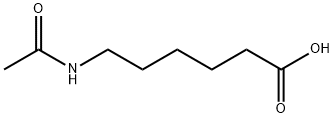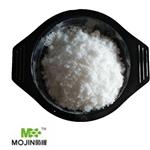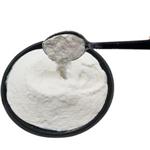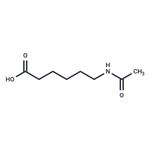Manufacturing Process
400 L of demineralized water, 5.0 kg of calcium hydroxide, and 155.0 kg
(1000 moles) of acetyl-caprolactame are introduced under stirring and at a
temperature of about 25°C into a 1000 L stainless double walled reactor.
The temperature is raised to 30°C. 75.0 kg of calcium hydroxide are
introduced stepwise in the form of successive amounts of 2.0 kg each in the
medium, under stirring and at a temperature adjusted and maintained 25°-
30°C through external cooling, in a manner such that the time required to
introduce into the reactor the whole amount of calcium hydroxide
approximates 1.5 h. When the stirring is stopped, the pH is about 7.5-7.8.
The obtained mixture is stirred continuously at a temperature of 30°C during
14 h. At the end of this operation the pH is again adjusted at a value 7.5-7.8.
The hydrolysate is filtered on a 60 x 60 pressfilter comprising 6 compartments
and equipped with fabrics of the polyester known under the designation
TERGAL which have been previously coated with a suspension of a cellulose
commercialized under the trademark SOLKA FLOX BW20. The duration of
filtration is of 1.5 h. 580 L of the filtrate are recovered and subjected to a
concentration under reduced pressure in an evaporator the volume of which is
of 750 L, at a distillation temperature ranging from 45°-50°C under a reduced
pressure of 10-15 Torr.
The operation is ran until concentration of the solution to 280 L, the
concentrated solution being then left standing. The crystallisation is already
considerable 2 h after the end of the operation of concentration.
Crystallisation is ended after 16-24 h.
The crystals are centrifuged at a speed of 700 revolutions/minute. The
centrifuged crystals of calcium acexamate are washed twice on the centrifuge
with 20 l of acetone. 107.0 kg of crystals are obtained, which are dried under
vacuum at 40°C. The 96.0 kg of dry calcium acexamate obtained are ground
and sifted.
Acexamic acid may be produced by treatment of the calcium acexamate with
HCl.




